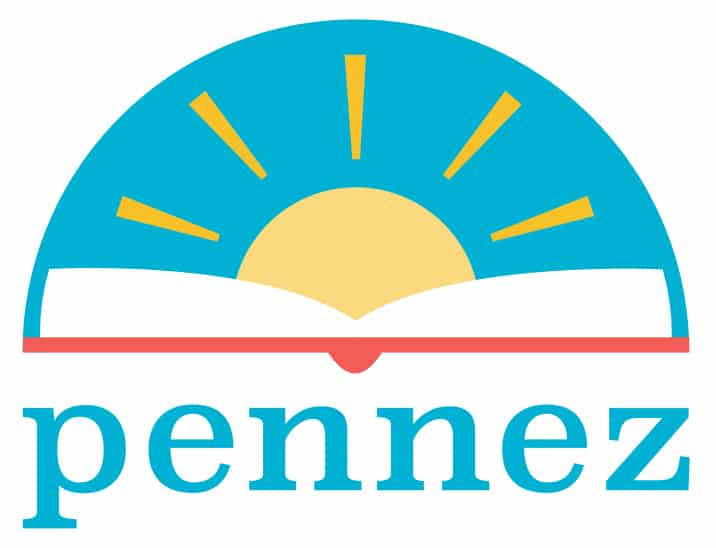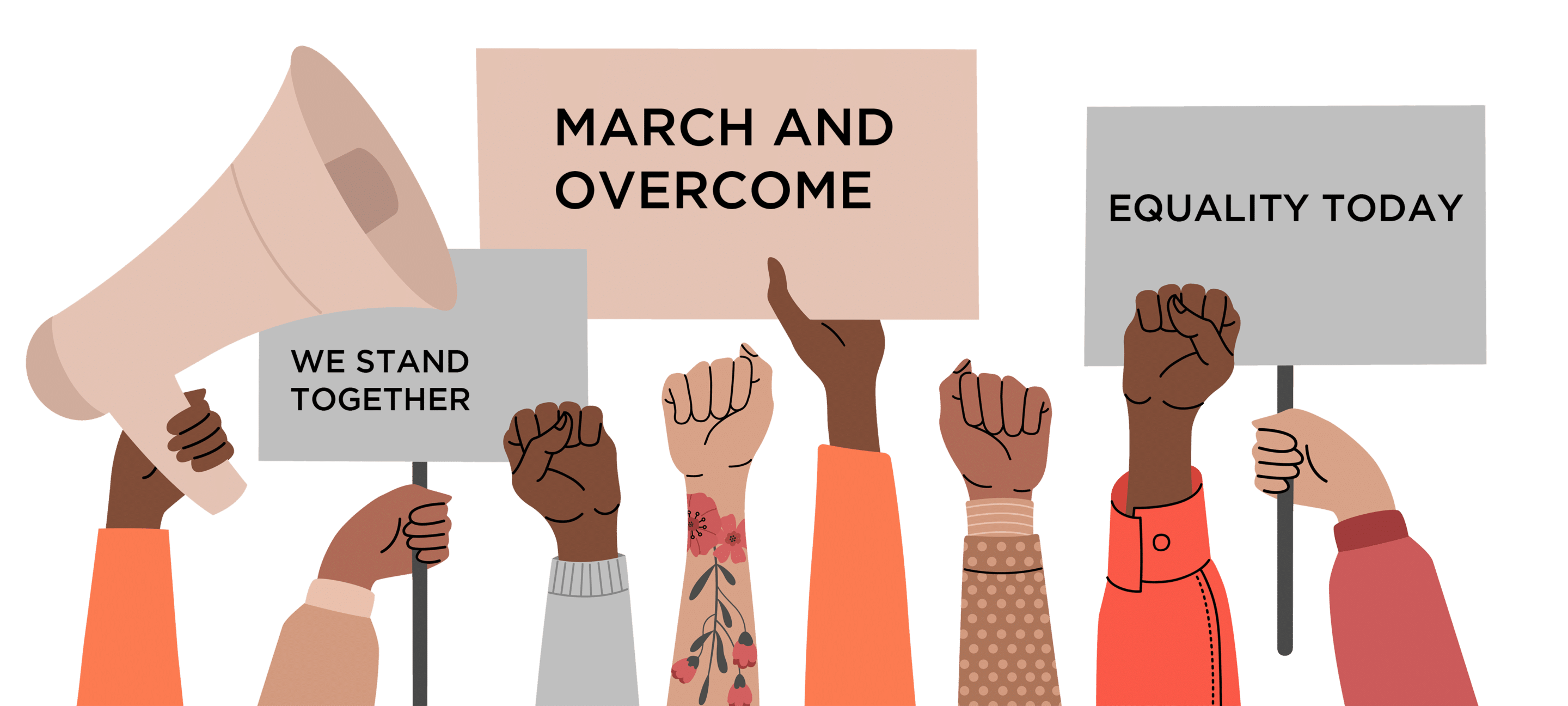-
The Graphic Novel series: March displayed critical moments during the Civil rights era.
-
John Lewis and the illustrator use the language and images to highlight the: Drama, Vocabulary, Comprehension, and Visual Literacy
The trilogy of the book March is a graphic novel written by the words of our former Congressman John Lewis. Making this a graphic novel illustrated shared the experiences from the SNCC (Student Nonviolent Coordinating Committee), sit-ins, punishments, integrations, and other civil rights activists such as A. Philip Randolph, Malcolm X, Martin Luther King Jr., Fannie Lou Hamer Classroom, and a host of others. The benefits of this book, March, in graphic novel form is that readers can see the joy, sadness, danger, and humanity of what the individuals experienced. Lewis leaves the pain and suffering in this book as well as the triumphs. You learn how his “good trouble” inspired other individuals to speak against the injustices that occurred to Black Americans. The humanity of this book was real where one could see the children who were hosed down, the police officers who lied in their offices, and the leaders who spoke to the United States President. The participants in the real life story were speaking out to become a part of America’s dream and freedom is what they demanded.
Below are a few examples on how a teen can comprehend the graphic novel March.
Graphic novels rely on the artwork to tell the story. When the author explains a type of action or scene, the artwork compliments. Graphic novels provide less words but more visual symbolism. Your eyes control what you are comprehending along with the words.
Dramatization
Graphic novels have word balloons, and sound words and motion. “Lines going diagonal indicate movement. When we see lines moving horizontally we feel safe because,” Molly Bang. If illustrations are close to the ground, then the reader visualizes a sense of stability. However when things move up, we feel like we are flying and moving away from the ground.
Example:
In Book One from March many of the boxes were horizontal. This is because the authors were sharing the back story of how John Lewis gathered the confidence to speak out. Additionally, the illustrator used full pages to demonstrate a new setting or a transition. There were very few diagonal lines and many of characters and objects flowed left to right. The dramatic scenes occurred when John Lewis and other activists were thrown in jail. Dramatic scenes included slanted lines, and even hands twisted around the jail bars.
Comprehension
Visual artists use icons to illustrate their idea. If the icon is a car, dog, or cat, the reader has to determine the personality of the character, the type of car they want it to be. According to Scott McCloud, the icons he uses create concepts in someone’s head. When they read the picture they “give me life by reading this book.” Their understanding is becoming stronger because they are making a deeper understanding of the word clues and the visual cues correspond to it.
Example: Book Two March had multiple stories occurring. One story was John Lewis and the SNCC organizing in the 1960s, the other story was Barack Obama’s inauguration in 2009. This book’s point was to highlight the workings and actions of the sit-ins and peaceful protests. A pivotal story was displaying the March on Washington to get the attention to American citizens. John Lewis was able to speak, and in comparison so was Barack Obama because he was appointed the United States president. For the historical references, one can go back in time and view shape and size the radio, the 1960s model Greyhound bus, the corded telephone, and even the smoke from the violence. Even the faces of Dr. Martin Luther King and John Lewis were distinct, and one could see the anger and tensions on their faces from the illustrations. The frustrations and experiences of the student activists and many others were catastrophic, but they were still determined for a fundamental change. The words and images complimented one another to deepen the understanding of their human experience.
Vocabulary
Word usage and word font size and font changes breathe additional life into graphic novels. Bolded text emphasizes text versus plain text. This bolded text is emphasized so the author can guide you to what they want you to know. There are also instances of italicized words. You might have to pick and choose which graphic novel can expand your vocabulary.
If you read March, Book Three, one should be used to the different vocabulary usages. Common words were Demonstrators, Revolution, Agitator, Equality, Arrests, Segregation, Communist, Democracy, Voting, and Nonviolent. There are many words that display the complexities of that time. There were men and women signing all throughout this graphic novel, and whenever there was singing the words became cursive. Even when they quoted spiritual text or had to narrate a page, the words were visually different. This book needed words to elevate the images, and the images elevated the vocabulary.
Visual Literacy
The artistic elements of shadow, perspective, color, shapes, and layout combine to create stunning images in graphic novels. Artists who illustrate these images take careful planning on. Why is visual literacy important? According to Jon Sciezska, children’s author.” Kids today are wired and stimulated in different ways—they’re more visual.” Children view images on their tablets, cell phones, computers, video games, and the natural world. Children are constantly exposed to images, but they need to understand how to analyze what is going on in the image. They need to be taught how to visually understand.-author experiences can be inferred from viewing the character and sizes, artistic relates to understanding with an underlying message. Graphic novels and comic books are another form of media intended for visual interpretation.
So if you want to read a historical graphic novel, March, I encourage you to read it with your young reader. Yes the words in this book are sometimes difficult to comprehend, and images are painful. However, this is a part of America’s story. It is a story that displays the pain from decades before and decades after. Don’t just read the words, utilize some techniques above and read the images to understand their perspective and experiences.
If you would like to read the Trilogy of March Click Here




